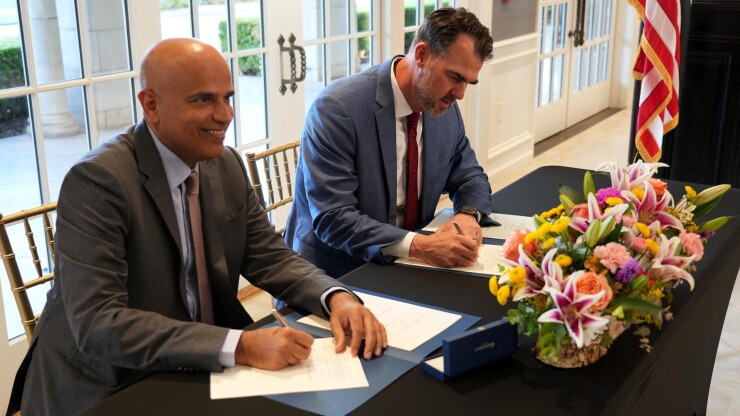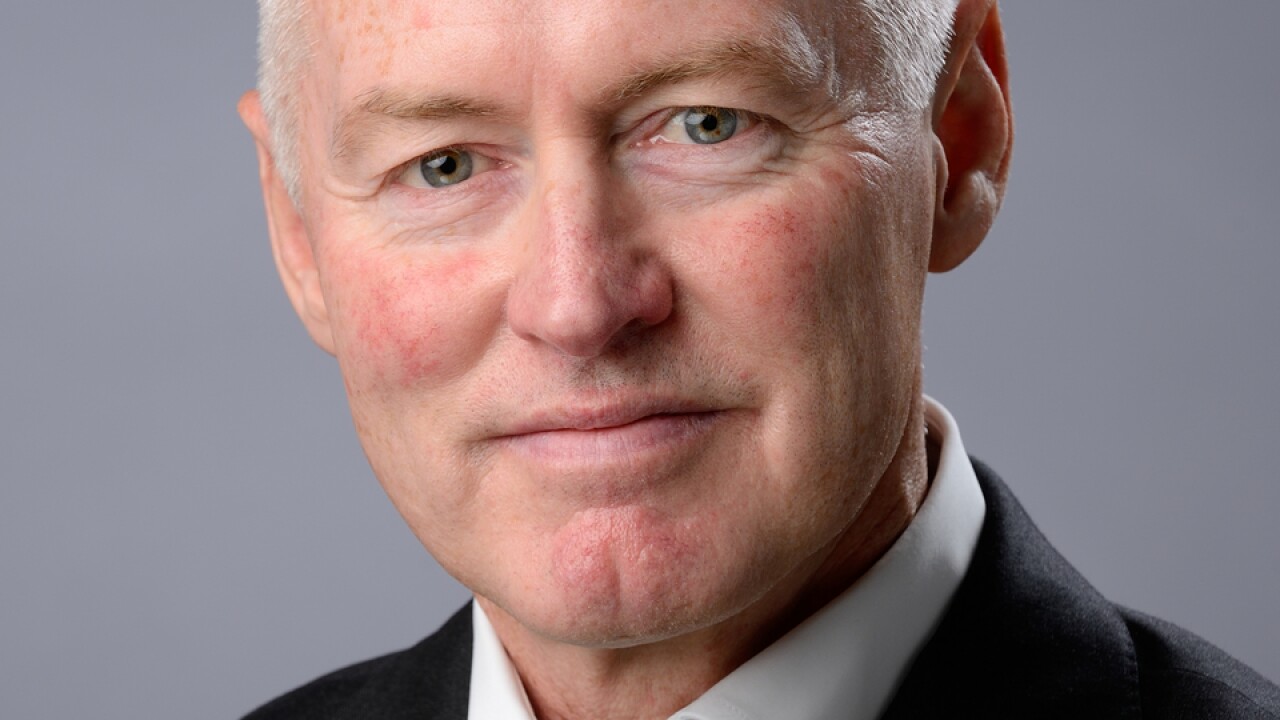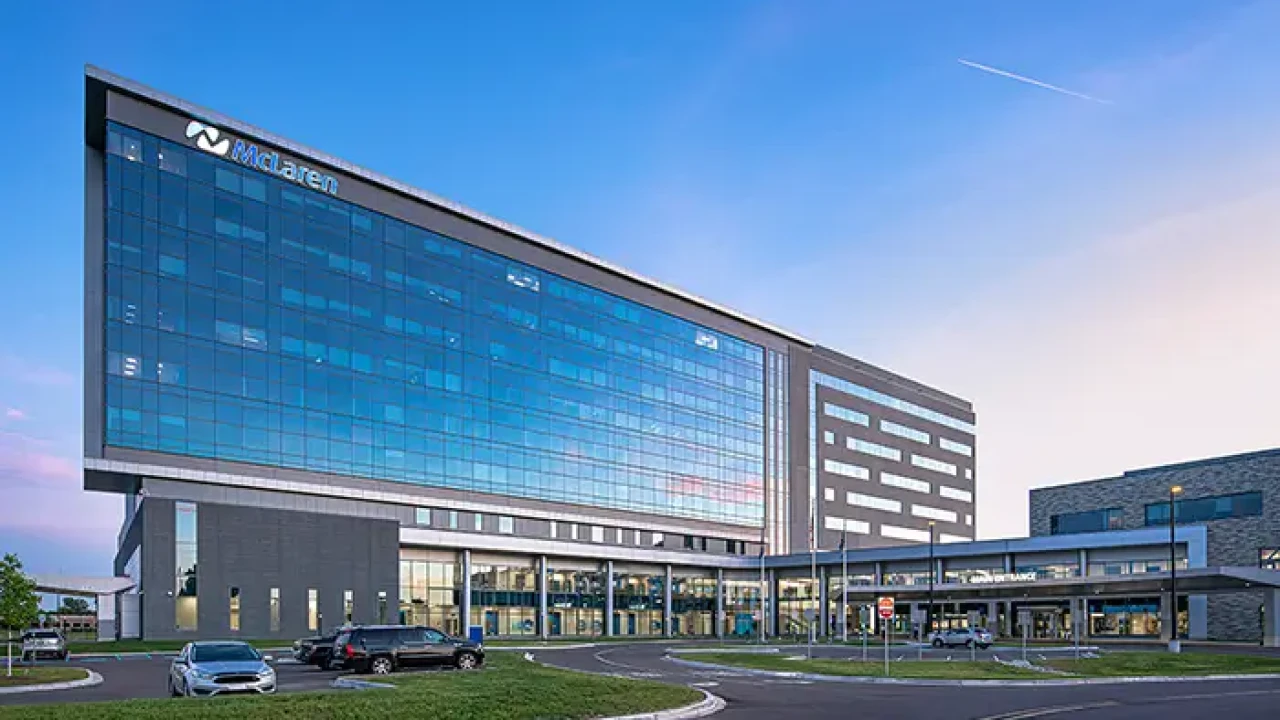
Oklahoma, with generous incentives to a foreign investor, expects to house the nation's first new primary aluminum production plant in nearly 50 years as the state tries to position itself as a critical minerals hub and take advantage of the Trump administration's tariff-driven push to boost American manufacturing.
Emirates Global Aluminium, one of the world's largest aluminum producers, plans to build the $4 billion plant, the first new one in the U.S. since 1980, at the Tulsa Port of Inola.
The company, which is owned by the Mubadala Investment Company of Abu Dhabi and Investment Corporation of Dubai, in April signed a
The smelter would generate 600,000 metric tons of primary aluminum annually, nearly doubling the current U.S. production level. EGA will launch a feasibility study in the next several months and said construction could begin in 2026 and hot metal production by 2030.
The announcement "catapults Oklahoma to the forefront of the critical minerals and aluminum industry in the United States," said John Budd, CEO of the Oklahoma Department of Commerce, which oversees the state's economic development efforts, in a statement. "EGA choosing Oklahoma also unlocks the ability for us to compete successfully for opportunities we haven't been able to pursue in the past."
To lock down the deal, the Legislature passed an incentive package, House Bill 2781,
The MOU outlines tax exemptions and offsets that could total up to $1 billion. Borrowing, most likely with tax increment finance-backed bonds, may be part of the financing, according to the MOU. The deal also depends on a finalized power supply agreement for "a special rate offer from the Public Service Company of Oklahoma" to supply the energy-intensive project.
Oklahoma's state government has
The smelter is part of Oklahoma's push to build up the state's critical minerals, aerospace and defense sectors, said Chase Horn, public information coordinator for the Oklahoma Department of Commerce. Aerospace and defense is already its second-largest industry behind energy, Horn said.
"In Oklahoma we see ourselves as a hub for national defense," Horn said. "Onshoring the critical minerals chain is part of defense, and getting that focus back here is important."
The state is also attracting several new rare earth companies, he said, noting that sector needs "a lot of energy and Oklahoma has that in abundance."
Oklahoma in 2023 produced almost three times more energy than it consumed,
Aluminum smelting requires a huge amount of power. EGA's project will use roughly the same amount of electricity as the city of Boston, according to Matt Meenan, vice president of external affairs for the Aluminum Association.
"These are multibillion projects that take a long time to build," Meenan said of smelters. "Even if you can raise the capital, there's the energy piece," he said. Aluminum producers face competition from tech companies building data centers that are willing to pay more for electricity, he added.

"The challenges are not insurmountable but they're real," he said.
Once among the world's top primary aluminum producer, the U.S. now has only four smelters after decades of high energy costs and competition from China. Trump's tariffs — which he imposed at 25% in March and raised to 50% in June — are "fundamental to the future of the industry," said Century Aluminum CEO Jesse Gary
The tariffs "give us the opportunity to start reinvesting here in the United States," Gary said. Century plans to build another smelter to take advantage of Trump's tariffs and tax credits in former President Joe Biden's Inflation Reduction Act.
The 50% level, however, is considered too high by "the vast majority" of the aluminum industry, according to Meenan, saying many fear it will lead to "demand destruction."
While the sector has seen a 70% decline in primary aluminum jobs since 2013, overall jobs are about flat as many moved to mid-and-downstream aluminum processing and recycling, Meenan noted.
"Ninety eight percent of the [aluminum industry] jobs are not making primary aluminum, so it gets complicated," he said. "We're having conversations about making sure these tariffs are effective but not so dramatic that they harm the industry."
On the state side, the MOU outlines an incentives that include $275 million in state money that's already appropriated and $735 million in property, sales and income tax exemptions and offsets. A planned tax increment financing district would generate around $545 million. Horn noted that the company needs to hit certain performance metrics to secure the incentives.
Bonding is likely to be part of the TIF plan. "Some or all of the infrastructure related costs [in the TIF district] are expected to be funded through debt issued by an authorized entity in the TIF plan," the MOU said.
With challenges like a K-12 system that's ranked 48th out of the 50 states by the U.S. News and World Report, the incentive for private companies is too generous, said Dave Hamby, communications director at the Oklahoma Policy Institute, which advocates for "equitable and fiscally responsible policies."
"Economic development is a great thing but the state has so many unmet needs in other places," Hamby said. The
The state
"We're cutting $400 million from our appropriated revenues this year on top of about $2 billion of tax cuts that the state has undertaken in the last 20 years," Hamby said. "We have a lot of public needs for education, for healthcare, for childcare to provide for the workers who would be working at this plant," he said. "To us, it's a question of priorities."
Representatives for the city of Inola and the Tulsa Port of Inola did not return requests for comment.





